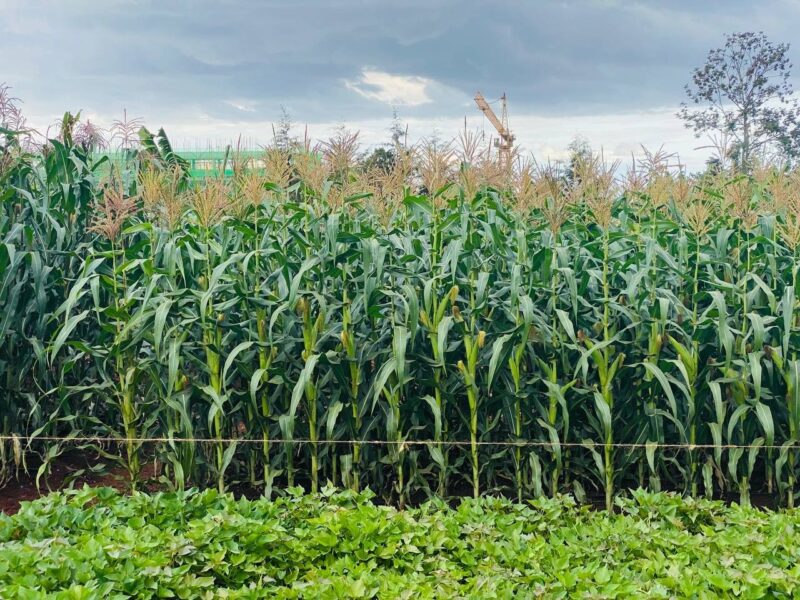Introduction:
In the dynamic field of agriculture, staying informed about the latest advancements, trends, and best practices is crucial for farmers, researchers, and policymakers. Educational publications and research journals serve as indispensable resources, providing in-depth insights, empirical data, and innovative solutions to challenges faced by the agricultural community. This article delves into the significance of these resources, exploring how they contribute to the dissemination of knowledge, the advancement of agricultural science, and the empowerment of stakeholders across the agricultural sector.

1. Role of Educational Publications:
– Educational publications in agriculture encompass a wide range of materials, including textbooks, guides, manuals, magazines, and bulletins. These resources are designed to offer practical information, detailed instructions, and expert advice on various aspects of farming and agribusiness. They cater to different audiences, from novice farmers seeking basic guidance to seasoned professionals looking for advanced techniques and strategies.
2. Research Journals: Catalysts for Innovation:
– Research journals are the cornerstone of scientific communication in agriculture. They publish peer-reviewed articles that present original research, review existing literature, and discuss emerging trends. Journals such as *Agricultural Systems*, *Field Crops Research*, and *Journal of Agricultural and Food Chemistry* are renowned for their rigorous standards and contributions to the field. By providing a platform for researchers to share their findings, these journals foster innovation and facilitate the application of scientific discoveries to real-world agricultural practices.
3. Bridging the Gap Between Research and Practice:
– One of the critical functions of educational publications and research journals is to bridge the gap between research and practical application. Extension bulletins, for instance, translate complex scientific research into accessible language and actionable recommendations for farmers. This ensures that the latest advancements in crop science, pest management, soil health, and sustainable practices are effectively communicated to those who can implement them on the ground.
4. Enhancing Knowledge and Skills:
– For farmers, access to high-quality educational publications is essential for continuous learning and skill enhancement. Manuals and guides on topics like irrigation management, organic farming, and livestock care provide step-by-step instructions and best practices. These resources empower farmers to adopt new techniques, improve productivity, and make informed decisions that enhance the sustainability and profitability of their operations.
5. Supporting Policy and Decision-Making:
– Policymakers and agricultural leaders rely on research journals to inform their decisions and develop evidence-based policies. Research articles provide comprehensive analyses of agricultural issues, evaluate the impact of policies and interventions, and propose solutions to emerging challenges. This evidence base is crucial for designing programs that effectively address the needs of the agricultural sector and promote sustainable development.
6. Fostering Collaboration and Networking:
– Educational publications and research journals also play a pivotal role in fostering collaboration and networking within the agricultural community. Conferences, symposia, and workshops often feature discussions of recent journal articles and publications, providing opportunities for researchers, farmers, and industry professionals to exchange ideas and collaborate on projects. This collaborative environment accelerates the dissemination of knowledge and the adoption of innovative practices.
7. Adapting to Digital Transformation:
– The digital age has transformed how educational publications and research journals are accessed and consumed. Online platforms, digital libraries, and open-access journals have made it easier for stakeholders worldwide to access valuable information. Websites like JSTOR, ResearchGate, and Google Scholar provide extensive databases of agricultural research, while digital editions of magazines and bulletins offer convenient, on-the-go access to the latest information.
8. Case Studies and Practical Examples:
– Many educational publications include case studies and practical examples that illustrate the successful application of research findings in real-world settings. These case studies provide valuable lessons and insights, demonstrating how innovative practices can be implemented and scaled up. For instance, a case study on integrated pest management (IPM) in a specific region can offer practical guidance to farmers facing similar challenges elsewhere.
9. Ensuring Quality and Credibility:
– The credibility and quality of educational publications and research journals are paramount. Peer review processes, editorial standards, and the reputation of publishing institutions ensure that the information disseminated is reliable and scientifically sound. This trustworthiness is crucial for maintaining the confidence of readers and ensuring that the knowledge shared can be effectively applied to improve agricultural practices.
Educational publications and research journals are the backbone of agricultural knowledge, driving innovation, supporting decision-making, and enhancing the skills and capabilities of stakeholders across the sector. By providing access to cutting-edge research, practical guidance, and evidence-based insights, these resources empower farmers, researchers, and policymakers to navigate the complexities of modern agriculture. As the agricultural landscape continues to evolve, the role of educational publications and research journals in fostering a well-informed, resilient, and sustainable agricultural community remains indispensable.










